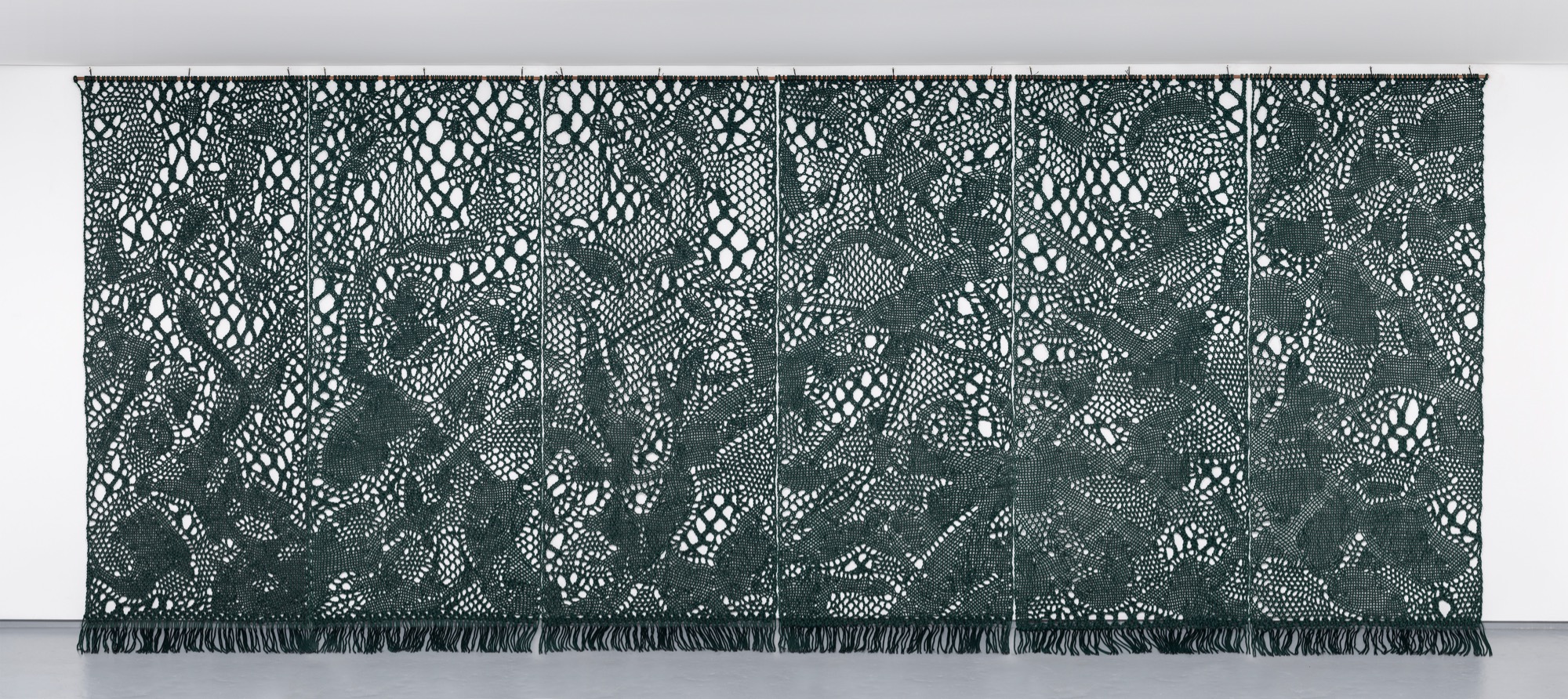THE LITTLE BINCHE PEACOCK AND OTHER UTOPIAN DREAMS 2019
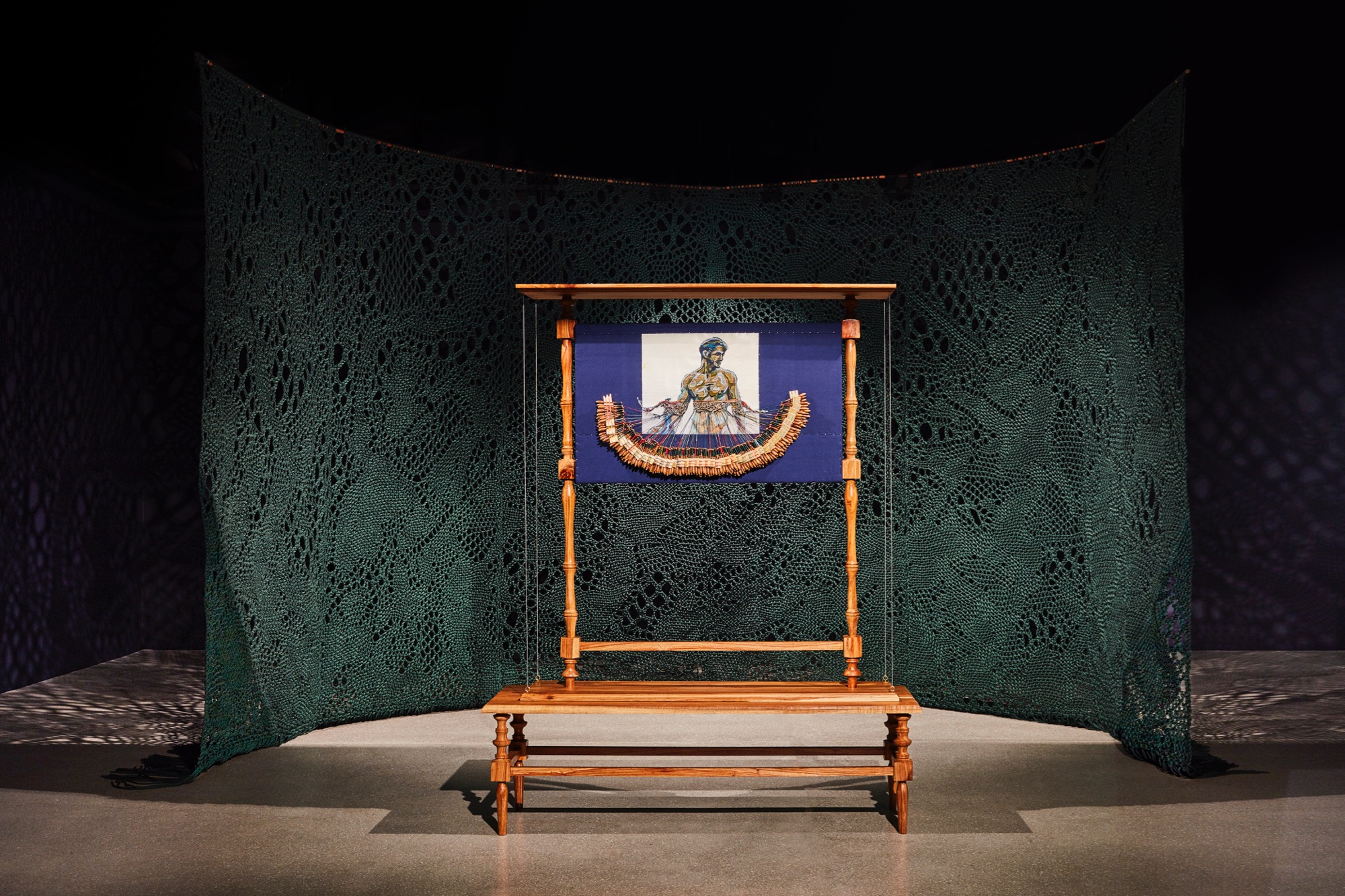
There are no longer any gods whom we can invoke to help us. The great religions of the world suffer from increasing anemia, because the helpful numina have fled from the woods, rivers, and mountains, and from animals, and the god-men have disappeared underground into the unconscious. There we fool ourselves that they lead an ignominious existence among the relics of our past.
C.J. Jung (Man and His Symbols)
The denunciations of utopia’s fantasies overlook the fact that it is precisely the element of imagination that makes utopias essential to any process of political change. If we want to escape from the present, we must first dismiss the settled parameters of the future and wrench open a new horizon of possibility. Without the belief in a different future, radical political thinking will be excluded from the beginning.
Nick Srcicek & Alex Williams (2015) Inventing the future – Postcapitalism and a World without Work.
September 16, 1903. You are bewildered by what we have told you, but the phenomenon we are trying to explain is truly bewildering. […] You see everything as formless and you forget that this is a sign of life. Gradually the formlessness takes on more precise contours and the steadily growing roots feed an ever stronger plant, which will one day explode with an abundance of leaves and flowers. You know this is so, but you must perceive this knowledge with such vividness that you dare to build on it. […]. Accept our account as a greeting from us so that you shall never tire when all seems lost.
A letter to an unknown person found in the notebooks of Swedish painter, Hilma Af Klint (1862-1944)
Song 177
1. I see a new heaven descend.
and Earth, freed, renewed
The sea and all will part, expire
The Lord Himself among us
-Translated from the Afrikaans Dutch Reformed Church Hymnal:
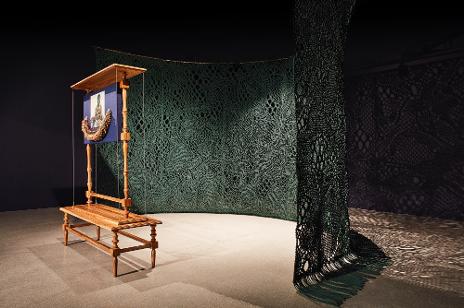
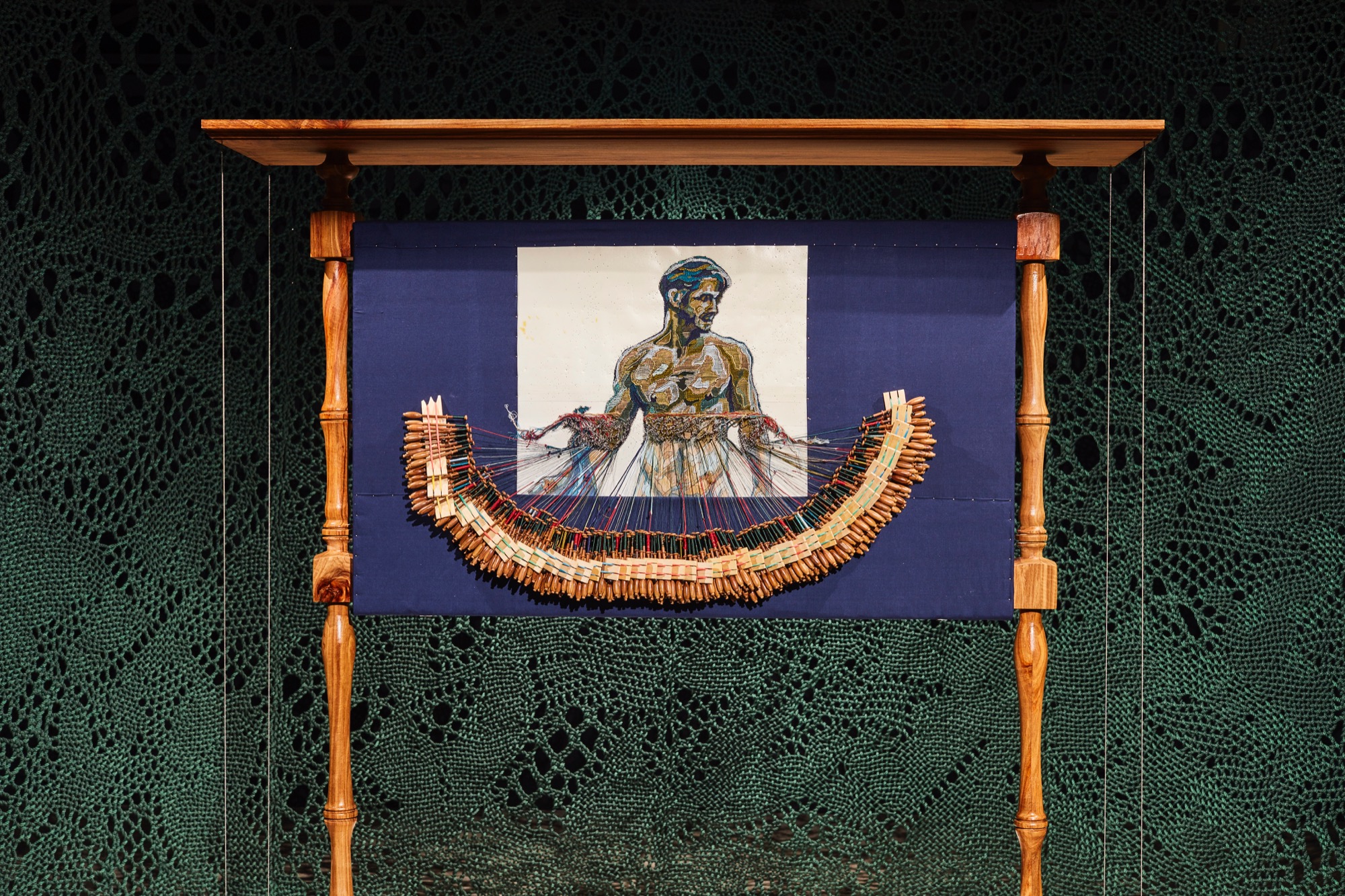
Pierre Fouché.
The Little Binche Peacock and Other Utopian Dreams.
Installation view: Whatiftheworld Gallery, Cape Town
September 2019. Photograph by Haydn Phipps.
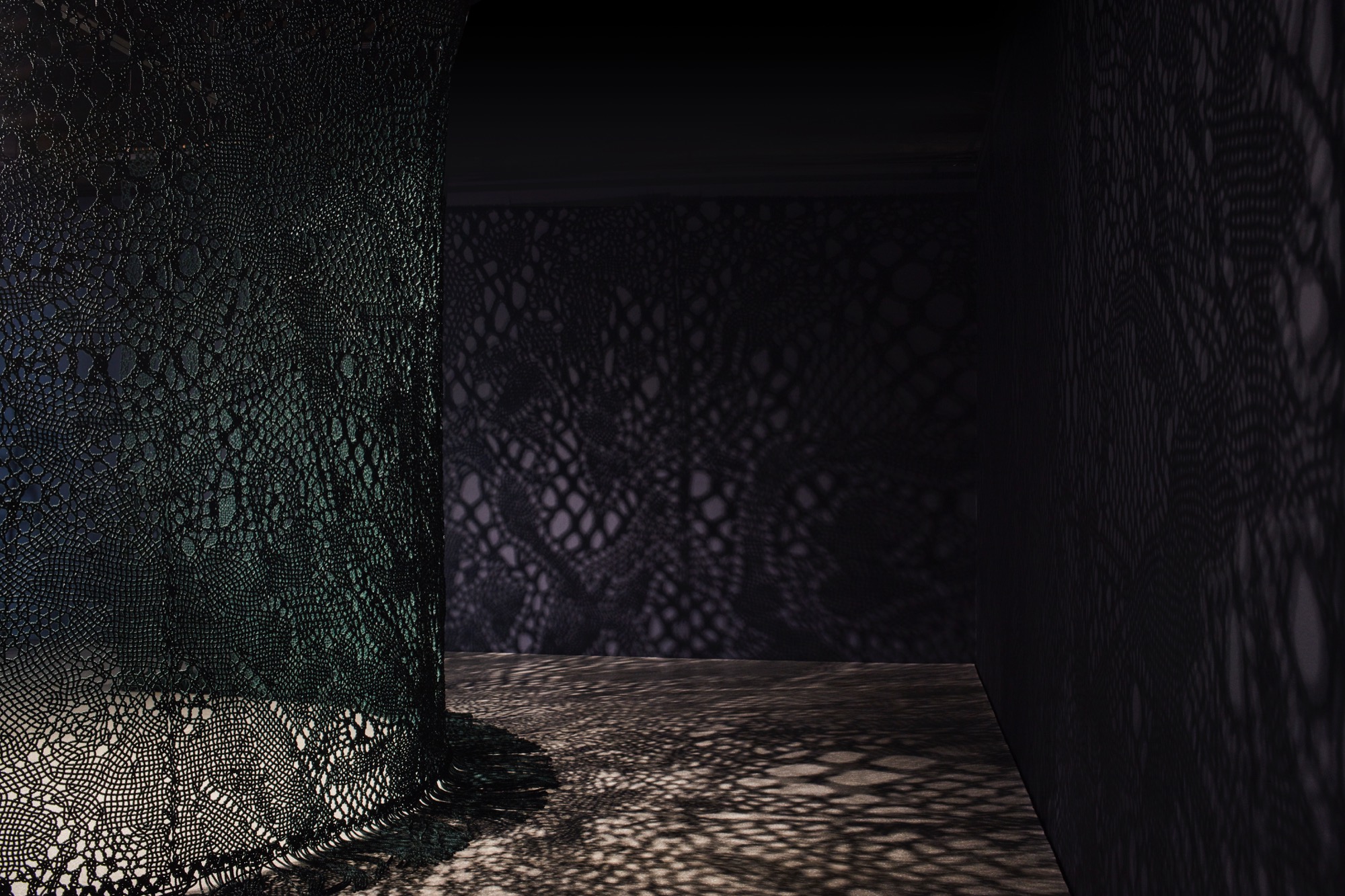
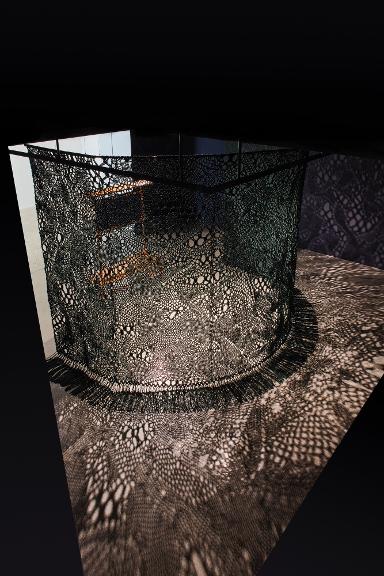
Pierre Fouché
The Seas and All will Part, Expire
2017-19
Acrylic cord bobbin lace with perfume accords of Tagetes Minuta (Khakibush), Lapsang Suchong, and Cape Snowbush.
Diorama panel: 350 cm x 780 cm. Photograph by Haydn Phipps.
![Pierre Fouché The Lord Himself among Us [bobbin lace pillow detail] 2017-ongoing Silk floss bobbin lace (in progress), Binche style wooden lace bobbins, turned Zambian Kiaat wood display case 192 x 160 x 53cm Photograph by Matthew Bradley](resources/TLBP%20-%203.jpg)
![Pierre Fouché The Lord Himself among Us [bobbin lace pillow detail] 2017-ongoing Silk floss bobbin lace (in progress), Binche style wooden lace bobbins, turned Zambian Kiaat wood display case 192 x 160 x 53cm Photograph by Matthew Bradley](resources/TLBP%20-%204.jpg)
Pierre Fouché.
The Lord Himself among Us [bobbin lace pillow detail].
2017-ongoing.
Silk floss bobbin lace (in progress), Binche style wooden lace bobbins, turned Zambian Kiaat wood display case.
192 x 160 x 53cm.
Photograph by Matthew Bradley
ARTIST STATEMENT
The Little Binche Peacock of the title references an 18th century piece of fine linen lace in the notoriously difficult Binche technique which I saw during a research residency in Switzerland in 2014. This was my first encounter with real historical lace, and the experience was profound. The detail and near inhuman craftsmanship that went into the complex, nearly chaotic weaving technique in a 4.5cm width of lace was spellbinding. I have subsequently dedicated my research to learning and mastering the technique.
The large scale rope-work installation of an abstracted landscape, three years in the making, is the result of this dedication. The second component of the installation, a polychrome silk bobbin lace work in progress, depicting a classical nude with a peacock companion, is a personal, fantastical, and mythological homage to that humble piece of lace that somehow captured the complexity and breadth of the human experience and ingenuity.
An olfactory component of the installation modulates the fantastical by bringing it closer to home. The rope-work is infused with a perfume of which the key note is invasive Khakibush (Tagetes Minuta). A woody, herbaceous accord containing Cape Snowbush (Eriocephalus Africanus) softens the pungently sweet Khakibush, while an undertone of veld fire (Lapsang Suchong absolute) binds the disparate scents. The olfactory narrative implies a landscape in distress (fire, invasion), but also the promise of renewal. This is an idea that is continued in the silk lace panel: the peacock is, according to Jung, second cousin to the phoenix.
(During the exhibition a fragrance sample card is made available to viewers who would like to experience the perfume develop and change as the top notes dissipate. On this fragrance card I described the fragrance as:
...the smell of the forest behind the mountain, sticky, resinous, cool and green, but also the cocktail spilled on the way to the backroom maze. It is the suffering in the Anglo concentration camps and the blackjacks pulled off the sweatpants your mother made you. It is the reek of bait on fishermen's hands before it turns into the glory of the pharaohs, Taoist magic, or something delicate laced in silk, the feint crackling embers of a scorched earth and the anguish of survival or the Phoenix reborn. Either way, Osiris is appeased.
Extrait de parfum:
Khakibush, Marjoram, Thyme,
Cypress, Juniper, Cape Snowbush,
Lapsang Suchong, Cedar, Labdanum.
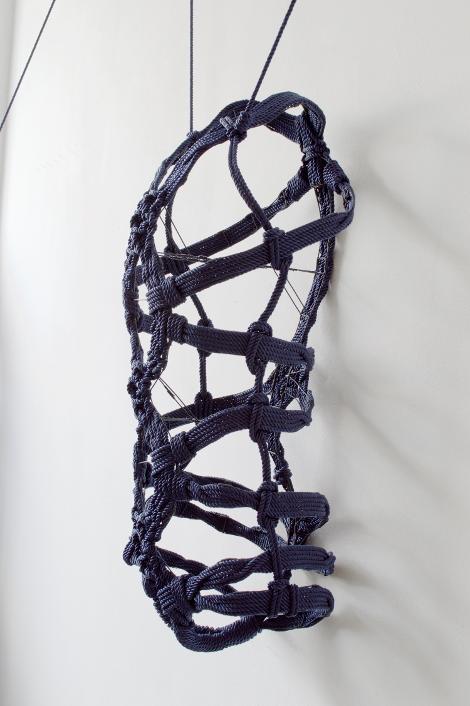
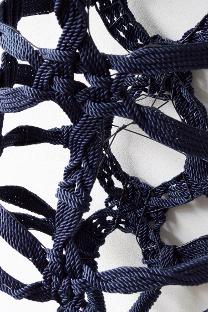
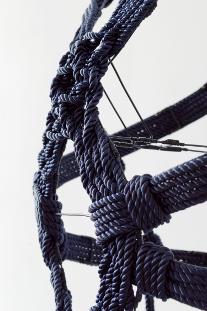
Pierre Fouché.
The last time you let me do this to you.
2016.
Acrylic rope and binding wire.
78 x 44 x 30cm.
The last time you let me do this to you (2016) is a fetish-object that blends S&M rope-work with lace ornamentation and militaristic passementerie. The result represents power and submission, dedication and desire, and it begs the viewer to evaluate his/her own power position in society and in intimate relationships. In this piece, the body is absent, but implied in the negative space of the rope binds. I used the proportions of my my own torso as a basis for the piece, but without the genital binds and with the shoulders left unbound, the implied figure is quite androgynous. This gender fluidity is further implicated by the rope-work itself that is neither classic military passementerie, nor overly adorned floral lace. The piece was made with eleven lengths of rope, so it is theoretically possible to recreate on a physical body. The impractical decorative knots and lacings, like most “made for love” handcrafts, imply the liberation of knowledge and skill from normal commodity circulation. The shadow side of this liberation is the years of trainings and practice that mastery requires, and the physical tolls on the body.
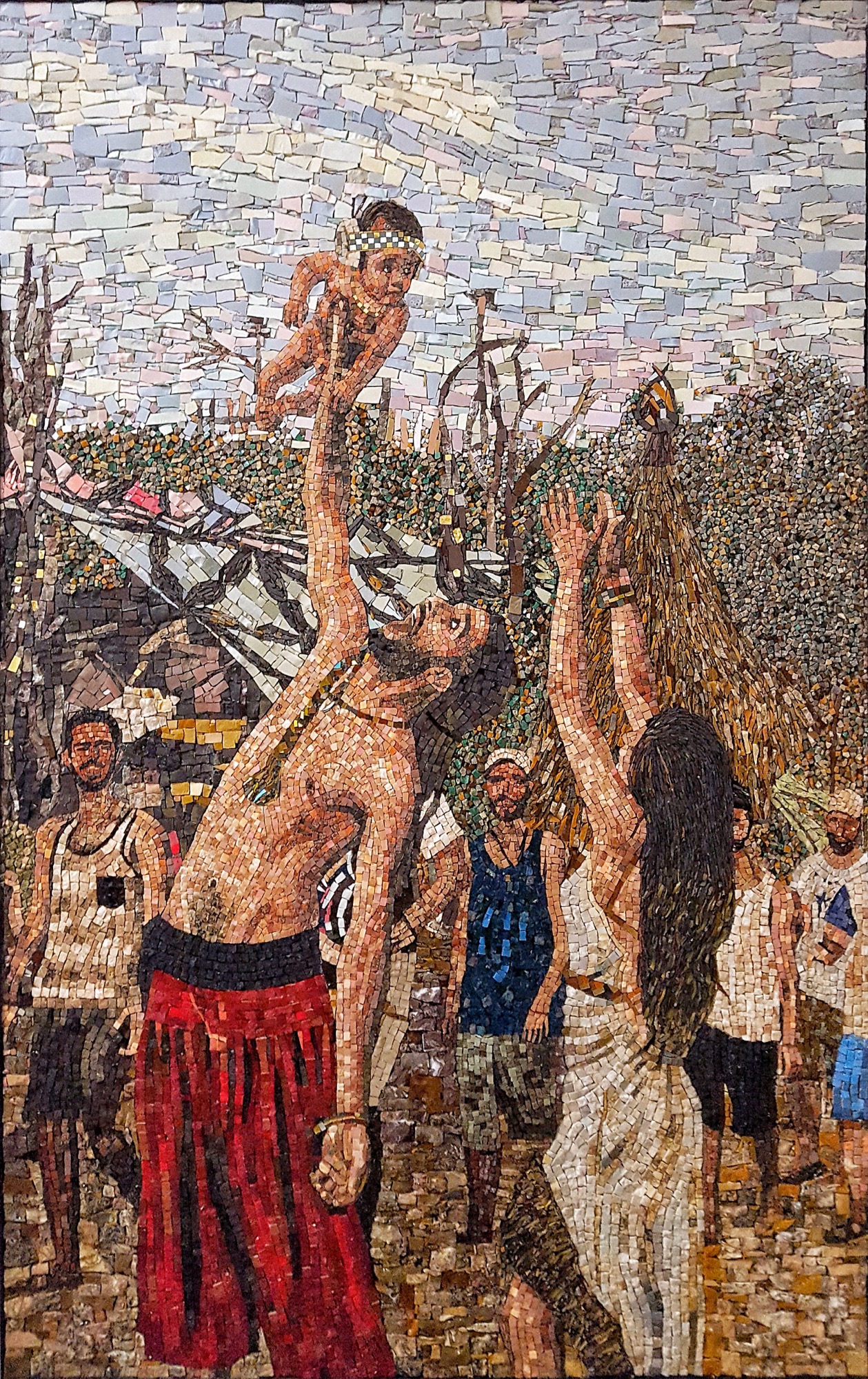
Pierre Fouché.
Cain, soon after the fall.
2019.
Stone and ceramic mosaic natural, semi-precious and engineered stone, stained ceramic and porcelain, venetian glass (Smalti) on aluminum, powder coated metal angle frame.
[Based on a photograph by João Paulo Viera Borges, with kind permission].
Manufactured by journeymen of the Spier Arts Academy led by Prettyness Masawu, including Lelethu Dyesha, Sandile Dlamini, Leonard Peters.
150 x 100 x 4 cm.
A stone and ceramic mosaic reimagines the first biblical personae as contemporary youths. The grandchildren of the free- love generation are attempting alternative social organization again, perhaps with technology on their side this time, their attempts will be successful. Rendered in classical and modern mosaic from a found photograph, it celebrates humanity's capacity for joy in simple sensory pleasures, and the jouissance of a rebelliously independent spirit, while hinting at a pleasure-principle that could guide a future ecognosis. Its digital, web origins, however, highlights a secondary theme that I constantly return to – the secret lives of appropriated photographs.
We have dreamt alternatives for a difficult existence since time immemorial. The Little Binche Peacock and Other Utopian Dreams aims to highlight this aspect of the imagination as universal through the use of techniques and media that represents humanity’s oldest technologies and creative impulses: textile, perfume, mosaic. It also aims to remind us that we can imagine a better world and that we have the ingenuity to realise it if only we focus our attention on the obvious (and thus invisible) answers.
Pierre Fouché. September, 2019
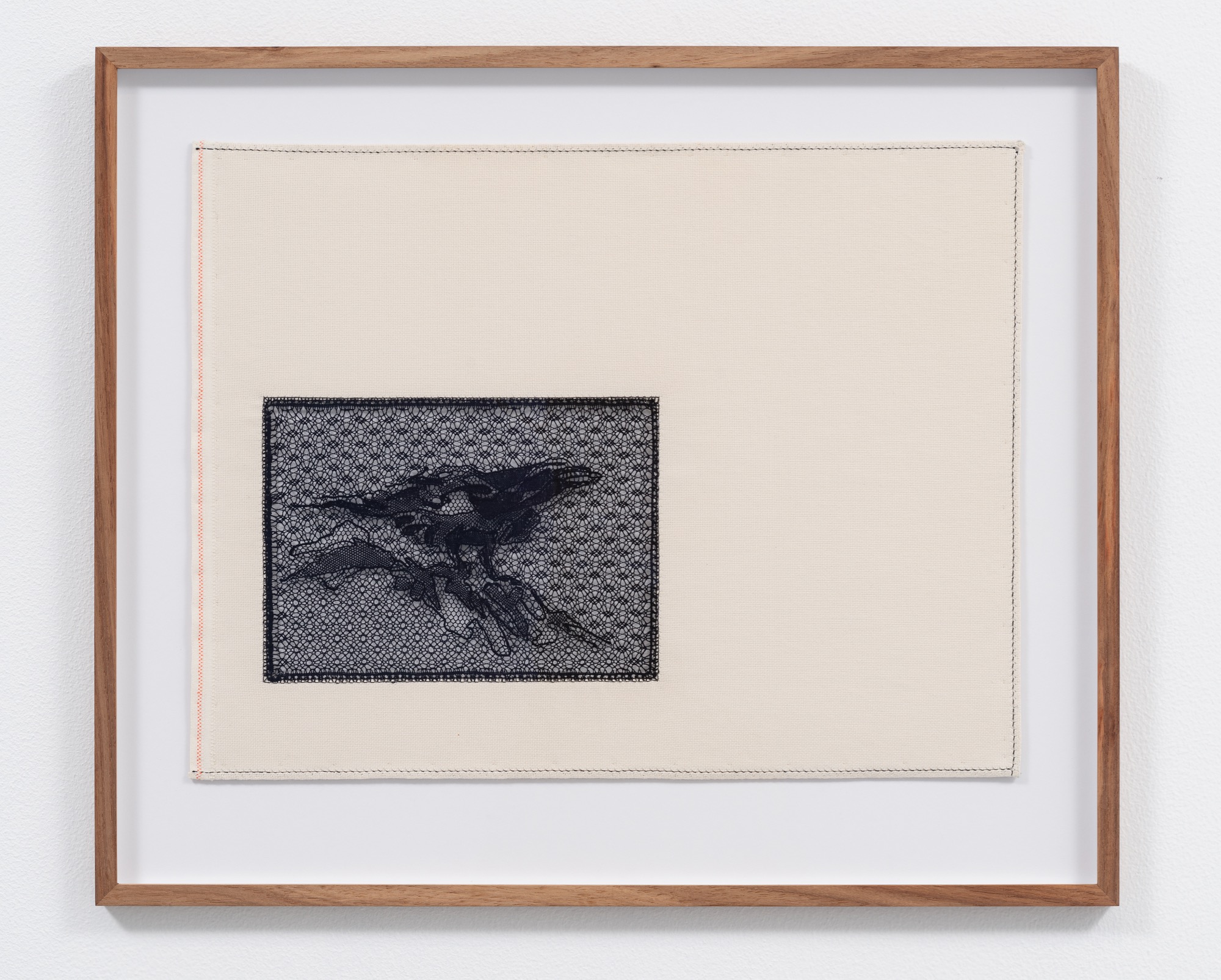
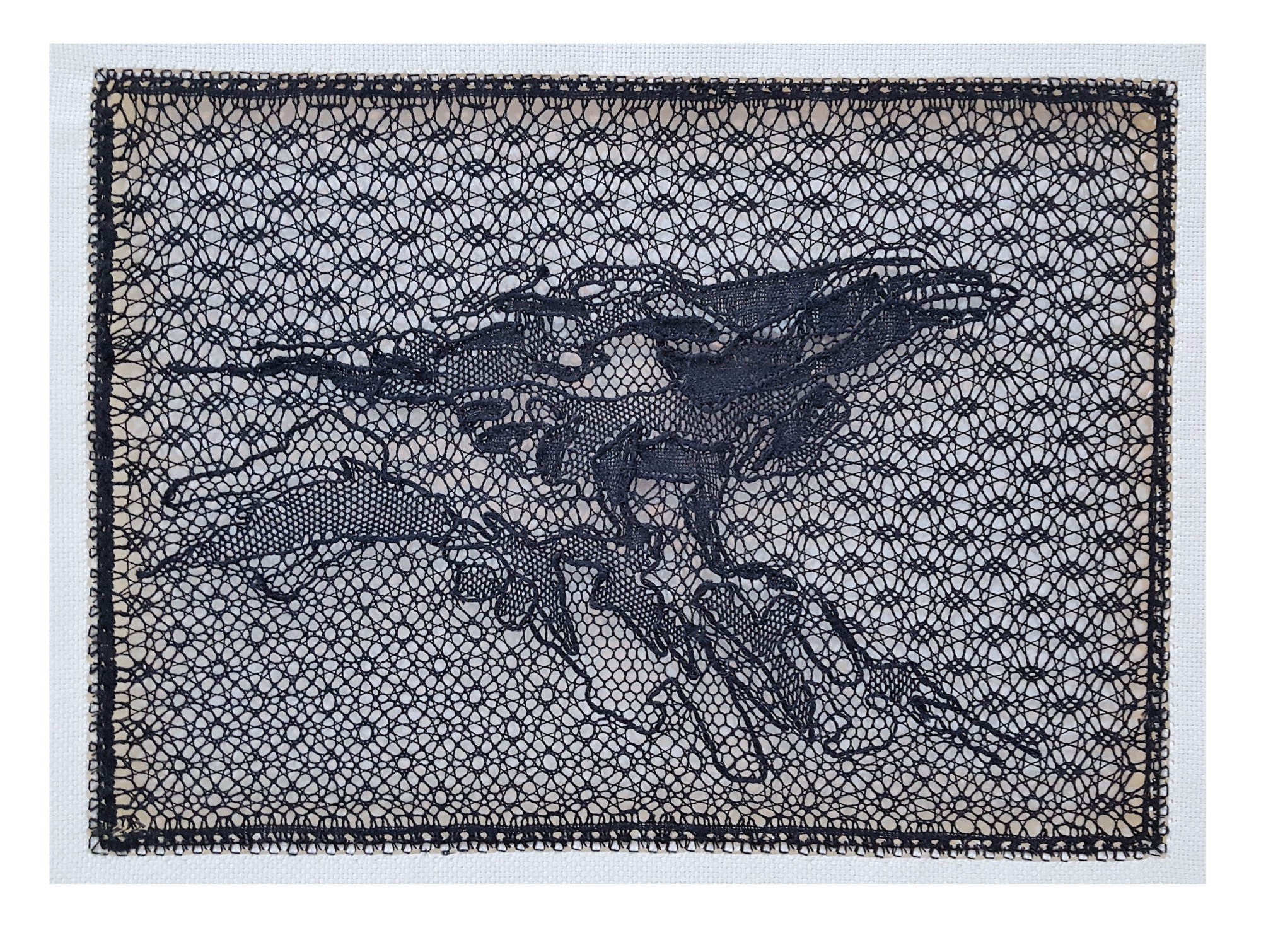
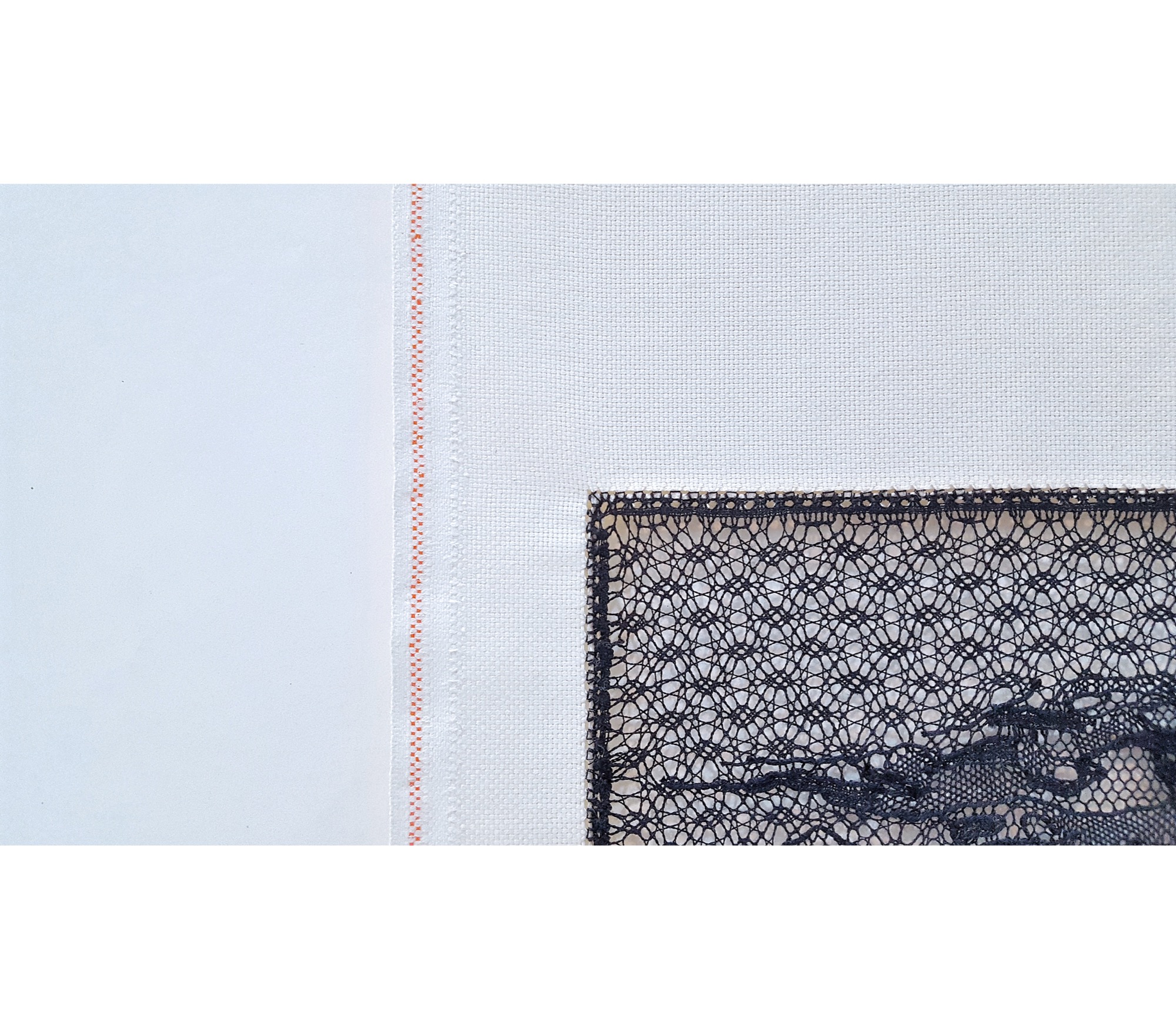
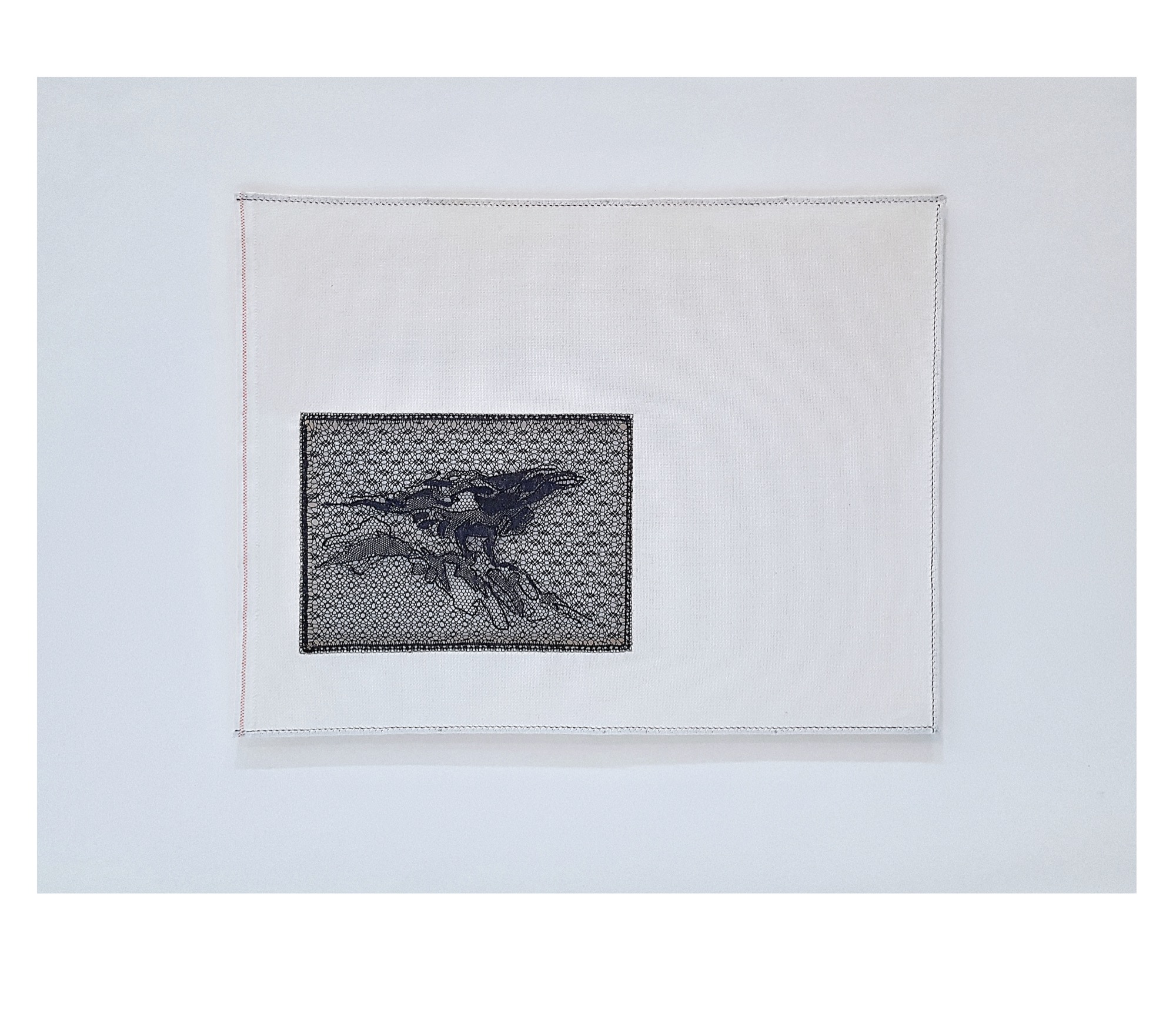
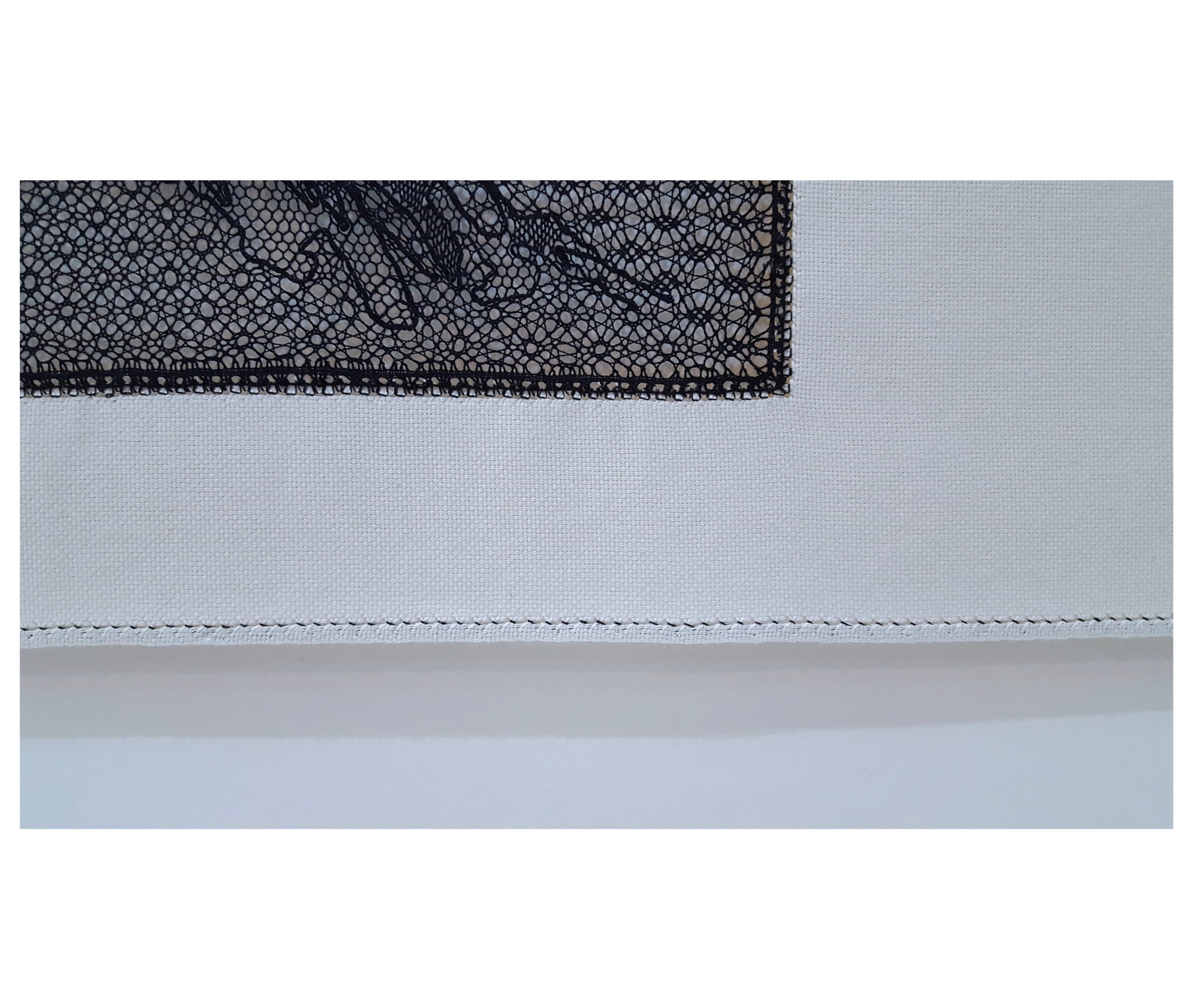
Pierre Fouché. Siren. 2018-19.
Bobbin lace in cotton as hand stitched insertion on even-weave embroidery fabric. Framed in Kiaat.
54 x 65cm (lace size 18 x 25.5cm).
